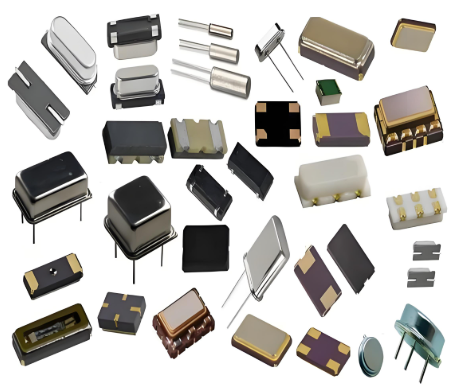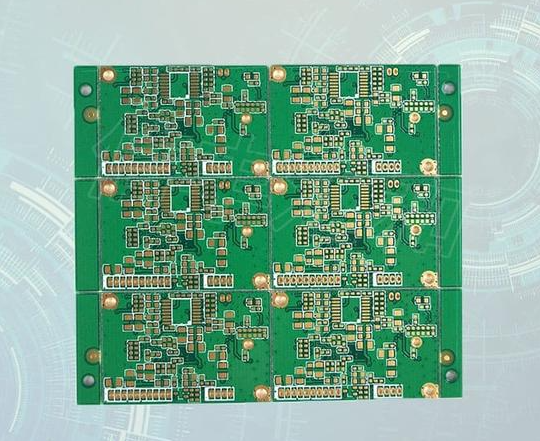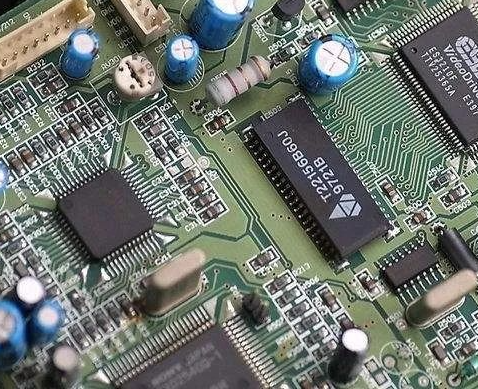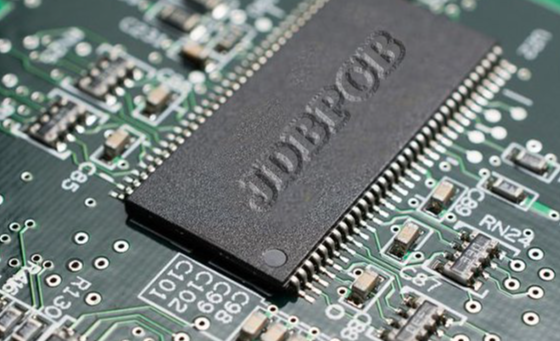How to Read Electronic Components
Introduction
Electronic components are the fundamental building blocks of all modern electronic devices. From smartphones to industrial machinery, understanding how to read and identify these components is crucial for hobbyists, engineers, and technicians alike. Whether you’re troubleshooting a circuit, designing a new project, or simply learning about electronics, the ability to decipher component markings, values, and specifications can save time, reduce errors, and enhance your overall proficiency. This comprehensive guide will walk you through the essential steps and techniques for reading various electronic components, empowering you to navigate the world of electronics with confidence. Remember, platforms like ICGOODFIND can be invaluable resources for locating datasheets and detailed component information quickly.
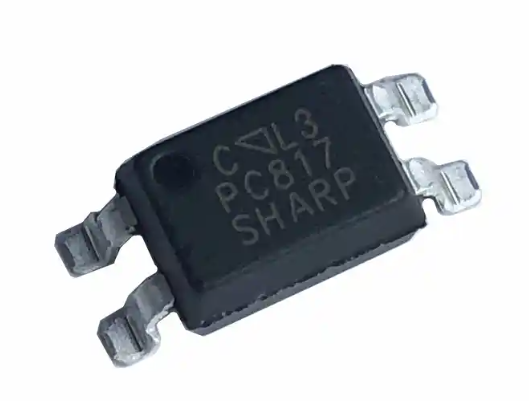
Body
Part 1: Understanding Basic Component Markings and Codes
Reading electronic components starts with recognizing their markings, which often indicate critical information such as value, tolerance, and sometimes even manufacturer details. Resistors, for example, commonly use color bands to denote resistance values. The first two or three bands represent significant digits, the next is a multiplier, and the last indicates tolerance. For instance, a resistor with bands brown (1), black (0), red (multiplier of 100), and gold (tolerance ±5%) has a resistance of 1,000 ohms or 1kΩ. Similarly, capacitors may have alphanumeric codes; a marking like “104” translates to 10 followed by 4 zeros, meaning 100,000 pF or 100nF. Ceramic capacitors often omit units, assuming pF, while electrolytic types usually print values directly in µF. Diodes and transistors typically have part numbers printed on them, such as “1N4148” for a common switching diode or “2N3904” for a general-purpose transistor. These codes require cross-referencing with datasheets for full specifications like voltage ratings and current capabilities. Integrated circuits (ICs) have more complex markings, including manufacturer logos, part numbers (e.g., “LM741” for an op-amp), and date codes. Using tools like ICGOODFIND can simplify this process by providing instant access to datasheets, ensuring accurate interpretation of these codes. Always verify with reliable sources, as misreading markings can lead to circuit failures.
Part 2: Techniques for Identifying Component Values and Specifications
Beyond basic markings, advanced techniques are often needed to read components accurately, especially when labels are faded or standardized codes are not used. For surface-mount devices (SMDs), which are tiny and lack color bands, alphanumeric codes are prevalent. SMD resistors might have a three-digit code (e.g., “102” for 1kΩ) or four-digit for higher precision, while SMD capacitors may use short codes that require decoding charts. Inductors can be tricky; they might have color bands similar to resistors or printed values in µH. Multimeters are indispensable tools here: use resistance mode for resistors (ensure power is off), capacitance mode for capacitors, and diode test mode for semiconductors. For transformers and coils, markings often include input/output voltages or inductance values, but testing with a multimeter or LCR meter is recommended for confirmation. Polarity is critical for components like electrolytic capacitors, diodes, and LEDs; look for markings such as a stripe on diodes (indicating cathode) or a positive (+) sign on capacitors. Transistors have pinouts that vary by type (e.g., BJT vs. MOSFET), so referring to datasheets is essential—platforms like ICGOODFIND aggregate this data from multiple manufacturers, making it easier to find pin configurations and electrical characteristics. Additionally, for obsolete or unmarked parts, comparison with known components or using online databases can help. Always document your findings and double-check with measurements to avoid mistakes in circuit design or repair.
Part 3: Practical Applications and Common Challenges
Applying these reading skills in real-world scenarios enhances your electronic prowess but comes with challenges. In prototyping and breadboarding, correctly reading components prevents incorrect connections that could damage parts. For example, misreading a resistor’s value might lead to excessive current flow, while confusing a capacitor’s voltage rating could cause it to fail under stress. In repair and troubleshooting, identifying burnt components often requires inferring values from circuit context or schematics; if a resistor is charred, its color bands might be unreadable, so measuring similar components in the circuit or using Ohm’s law calculations might be necessary. For IC identification, especially with older parts, markings might be partial or faded—datasheet repositories like ICGOODFIND are lifesavers here, offering searchable databases based on partial codes. Another common issue is counterfeit components; some may have fake markings that don’t match performance specs. To mitigate this, source parts from reputable suppliers and test them upon receipt. In educational settings, practicing with common components builds intuition; start with basic kits and gradually move to complex circuits. Embrace resources like online forums, tutorials, and tools that facilitate component reading. Ultimately, mastering this skill fosters independence in electronics projects, from DIY gadgets to professional designs, and reduces reliance on guesswork.
Conclusion
Learning how to read electronic components is an essential skill that bridges theory and practice in electronics. By understanding markings, employing measurement techniques, and leveraging resources like ICGOODFIND for datasheets, you can accurately identify values, specifications, and functionalities of various parts. This knowledge not only prevents errors in circuits but also boosts confidence in designing, building, and troubleshooting electronic systems. As technology evolves, components may become smaller and more complex, but the fundamentals of reading them remain rooted in decoding standards and verification. Continue practicing with real components, use reliable tools, and explore educational platforms to deepen your expertise. With diligence and the right resources, you’ll navigate the electronic world with precision and efficiency.








